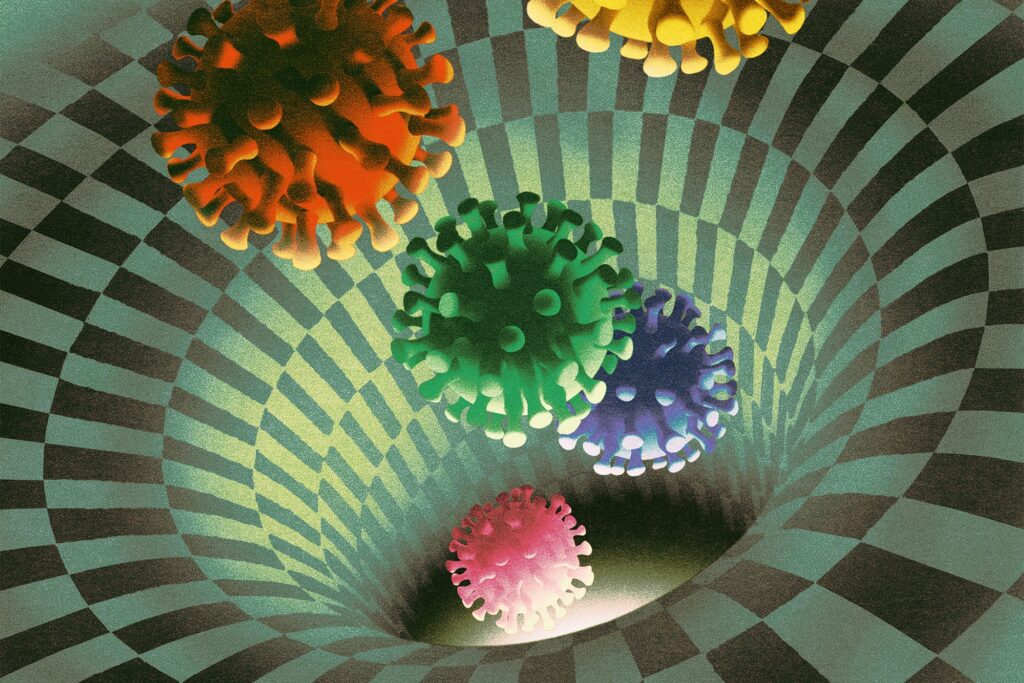Game art refers to the visuals and graphics of video games, from character design to environment art and UI design. Game artists work in collaboration with game designers and programmers to create a cohesive gaming experience, establishing the game’s art style and tone. The multi-step creative process involves idea generation and concept development, research and reference gathering, creating the initial art direction, character and environment design, creating final assets, and implementing the art into the game. Collaboration is essential for creating a cohesive gaming experience that is appealing to players, as game artists must work closely with other team members to ensure their art meshes well with the game design and programming.
A Deep Dive into the Creative Process of Game Artists: Uncovering the Secrets of Their Craft
What is Game Art?
Game art refers to the visuals and graphics of video games. It encompasses everything from character design, environment art, concept art, and user interface (UI) design. Game art plays a critical role in immersing players in a game’s world and driving engagement.
The Role of Game Artists
Game artists work in collaboration with game designers and programmers to create a cohesive gaming experience. Their main goal is to bring the game’s vision to life through visual representation. They work on creating and establishing the game’s art style and tone, designing characters and environments, and developing UI elements that complement the game’s gameplay.
The Creative Process of Game Artists
Creating game art is a multi-step process that requires a lot of creativity and technical skills. Below are the main steps of the creative process followed by game artists:
Idea Generation and Concept Development
The first step in creating game art is to develop the game’s concept and idea. This process involves brainstorming and sketching out rough ideas that will later be refined and developed. This stage is crucial as it sets the foundation for the entire game’s art style and tone.
Research and Reference Gathering
Once the game’s concept is developed, game artists will gather reference materials to inform their work. This includes researching similar games, art styles, and visual elements that are relevant to the game’s world and theme.
Creating the Initial Art Direction
Based on the research, game artists will establish the initial art direction that defines the game’s visual style. This includes defining color palettes, setting the lighting, and sketching out the overall visual look and feel of the game.
Character and Environment Design
The next step is character and environment design. Game artists will create detailed sketches, illustrations, and 3D models of the game’s characters, backgrounds, props, and other elements. This step involves creating several iterations of characters and environments until the perfect design is settled upon.
Creating Final Assets
Once character and environment design are complete, game artists will create final 2D and 3D graphics assets for use in the game. These assets include background art, character models, animations, textures, and UI elements like menus and icons.
Implementing the Art into the Game
Finally, game artists will work with the development team to implement all the art assets into the game. This is done by integrating the graphics and UI elements into the game engine, testing and fine-tuning visual effects, and making important gameplay decisions.
The Importance of Collaboration
The process of creating game art involves multiple team members, including game designers, programmers, audio engineers, and producers. Collaboration among team members during the game art creation process is critical to ensuring the final product is compelling and engaging.
Game artists must work closely with other members of the team to ensure that their art meshes well with the game design and programming. They need to communicate effectively and be open to suggestions and feedback. This collaboration is essential for creating a cohesive gaming experience that is appealing to players.
Conclusion
Game art is a crucial component of video games, and game artists play a crucial role in bringing game concepts to life through visuals. The creative process involves a combination of idea generation, research, design, and implementation that requires technical skill and a lot of creativity. Through collaborative effort and constructive feedback, game artists can create visually stunning games that captivate players and provide them with a unique and immersive experience.
